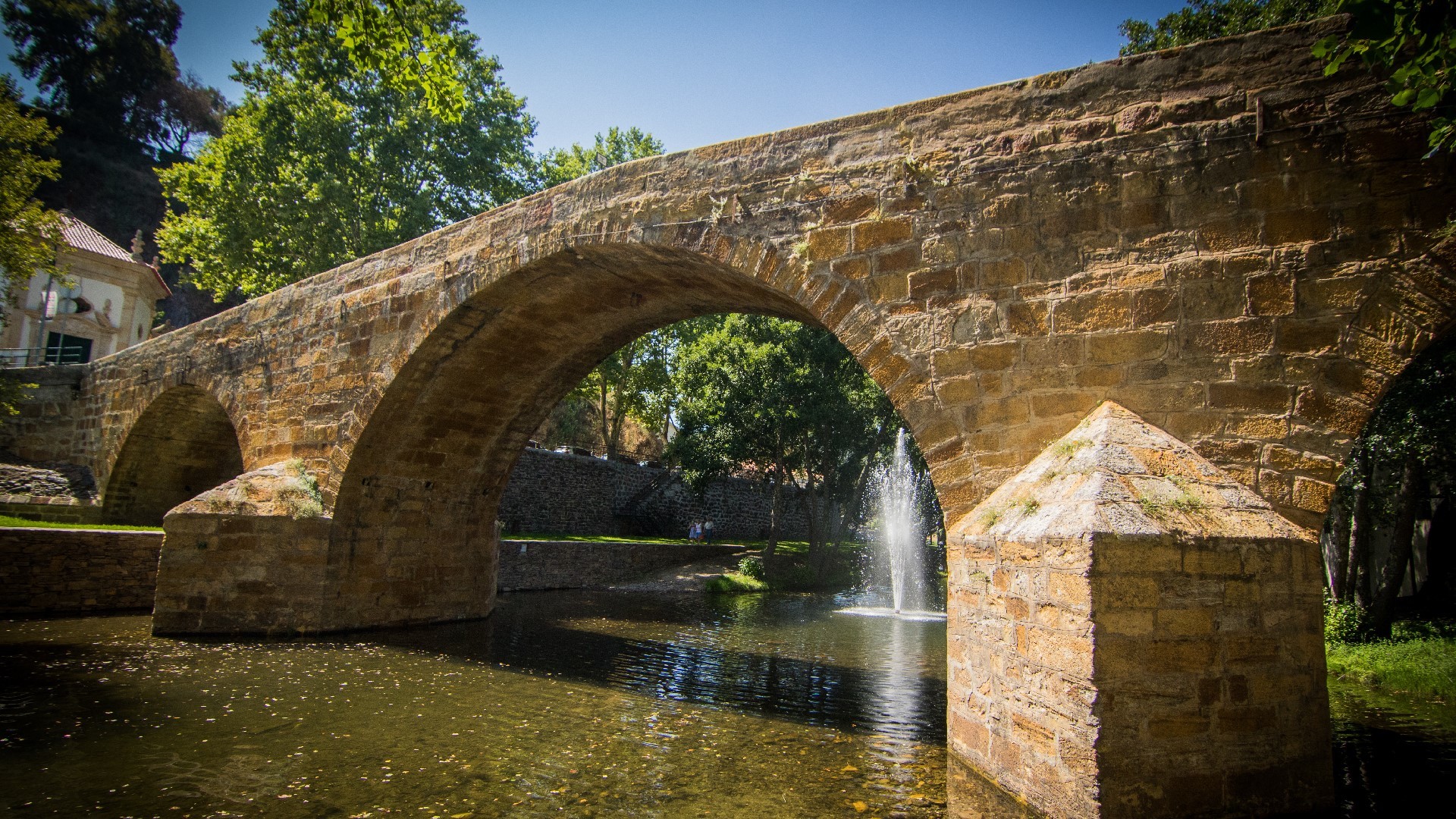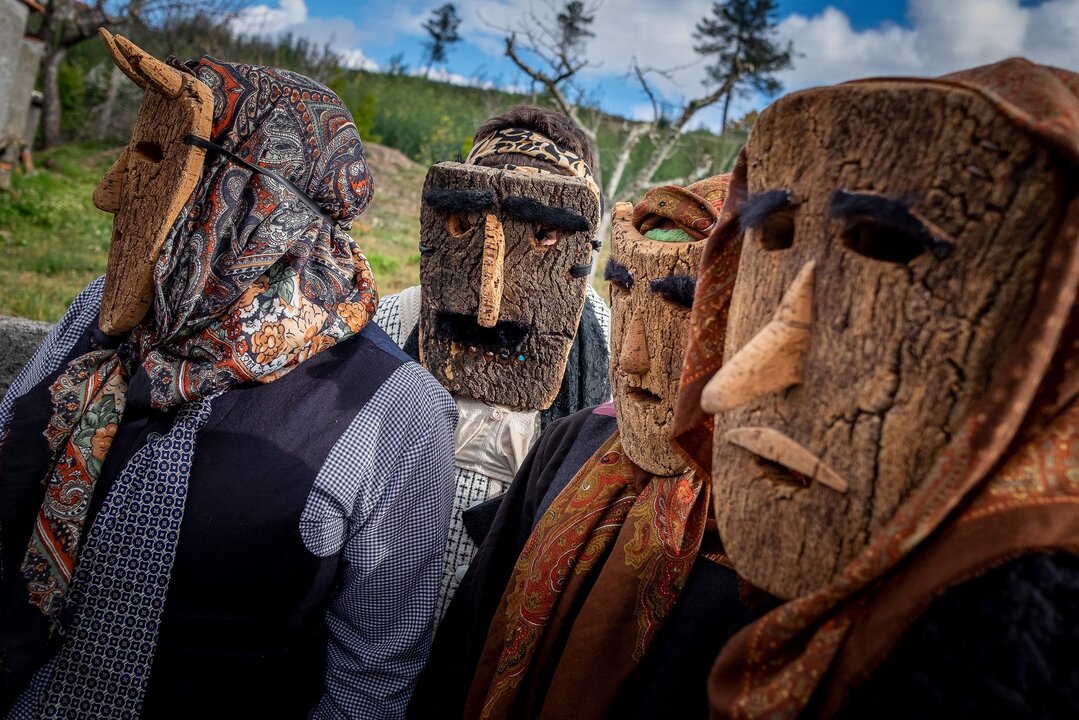With more than eight centuries of existence, the village of Góis is situated about 40km from Coimbra, in a narrow and deep valley, the Ceira Valley, wedged between the mountains of Carvalhal and Rabadão.
The current village of The Village of Góis should go back to the period of the Reconquista, and the sixteenth century corresponds to the aurena period of the history of Góis, associated with the name of D. Luís, who had a series of buildings built and create works of art that can still be appreciated today, of which stand out the chancel of the Mother church, the chapel of the Castle and the royal bridge of three arches, one of the ex-libris of the village.
In the 18th century, industrial development, with the installation of paper factories in Lousã and Góis, came to give new life to a municipality predominantly forestry and rural, characterized by subsistence agriculture and pastoralism, which persist today, complemented with other economic activities. In the industrial zone, recently created, we find, for example, factories of aluminum, ceramics, lamps, marble and a locksmith. The artisanal activity still has some expression, especially the tin work, the miniatures of agricultural tools, the wooden spoons, the shale houses, the tapestries and the embroidery.
The undoubted geographical isolation of Góis, characteristic of the interior of our country, is further accentuated by the geographical characteristics of mountain areas and the weak road and transport network, and has caused a dispersed settlement with a tendency to decrease in terms of population.

The Ceira Valley crosses almost all of the municipality of Góis, which is delimited and separated from Beira Serra Interior by the Lousã and Açor mountains, developing in a vast territorial area with about 276km2. The relief of the municipality is very bumpy, highlighting the elevations of the Serra da Neve, which reaches 1131m, and the Serra do Penedo, commonly called Penedos de Góis. Here you can enjoy the best that the natural viewpoints of the center of the country have to offer. The main river of the region is the Ceira, a tributary of the Mondego that flows through the municipality and the village of Góis. Other watercourses to be highlighted are the Othan River, which rises in the Serra da Neve, and the streams of Ádela, Roda, Unhais, Méga, Foz and Celavisa.
In the Ceira Valley you can thus enjoy a beautiful and charming natural landscape, with the predominance of the water element, and contrasting mountains, which surround the urban area of the village. This landscape constitutes, since remote times, the greatest endogenous potential of the county. In the most flattened area, close to river courses, fertile fields are conducive to the farm. In the most rugged areas of the relief, the population is mainly dedicated to agricultural and forestry. The inhabitants of the mountain, adapting to the cliffs of the land, created land support walls, water distribution networks for irrigation and other support structures, such as mills, mills and bridges, which are still in use today, in many areas of the county.
The enormous environmental potential of the region can be appreciated in the field of tourism and leisure activities, complemented by the archaeological and heritage elements built, with emphasis on the Aldeias do Xisto - Aigra Nova, Aigra Velha, Comareira and Pena.

The schist villages of Góis are peculiar settlements, not only by the physiognomy of the places, but also by the typology of construction, in which the shale is ubiquitous, preserving a unique rural image and experience. Its interesting architecture, of popular nature, still preserves the original characteristics and building materials.
In the historic center of Góis are the fountain of the loft and the cistern with the Spanish-Arab tiles of the 16th century.
In a county where tradition and cultural celebrations are typical, take advantage of one of the annual events to taste the gastronomic delicacies of Gois: a goat or sheep cheese, or cornbread barred with heather honey. Be sure to taste the chestnut soup, roast ed kid, chanfana, stuffed loofah and tibornada, typical dishes of this region. To finish, feast on a sweet rice.
For recall, you can take the sweet cake of Gois or acquire samples of the artisanal work of the people of the conelho: miniatures of agricultural tools, houses of shale or tenements with honey pots inside. You can also find contemporary works in wool, embroidery and lace, as well as patchwork blankets.
Source: Góis Town Hall